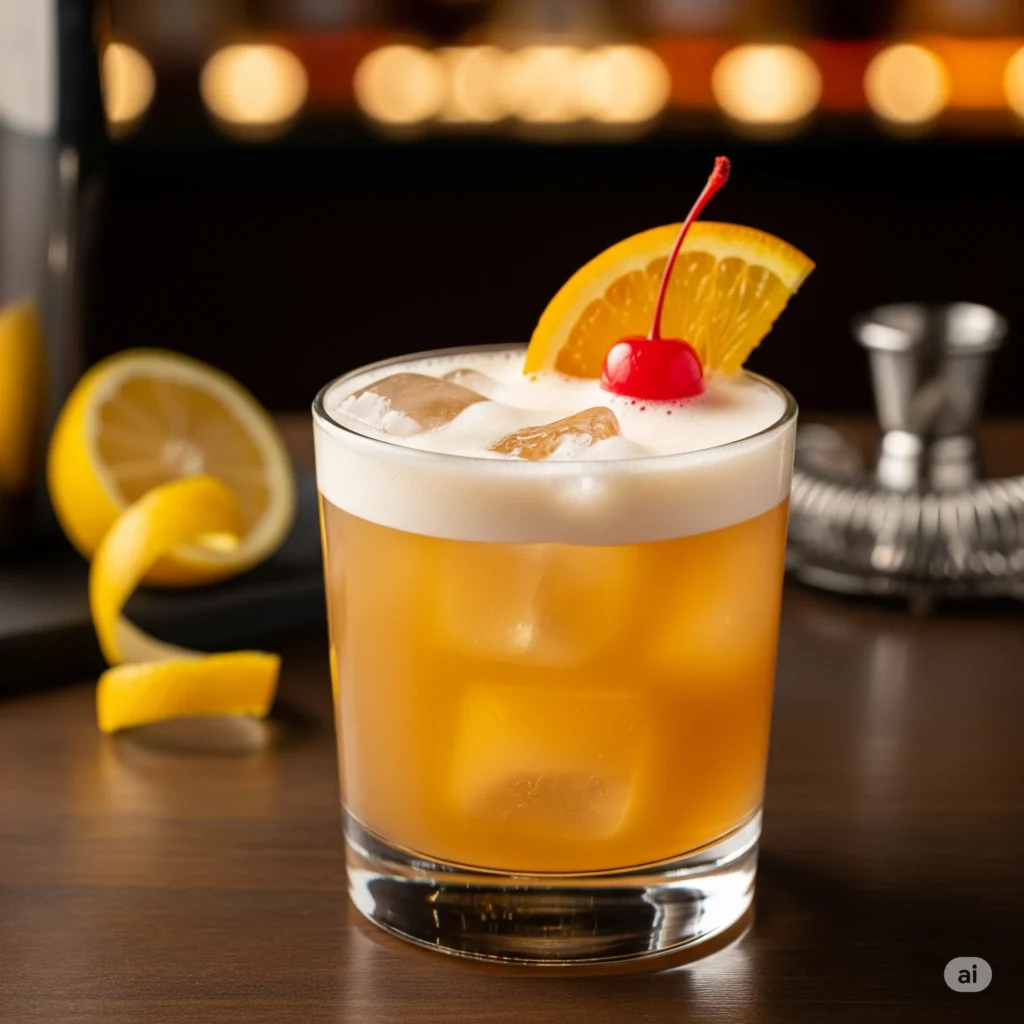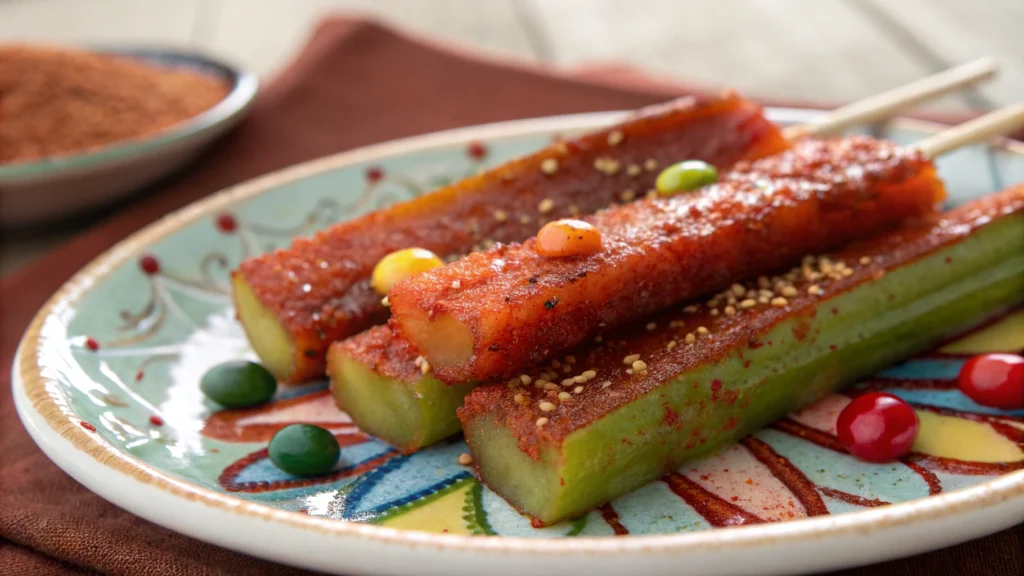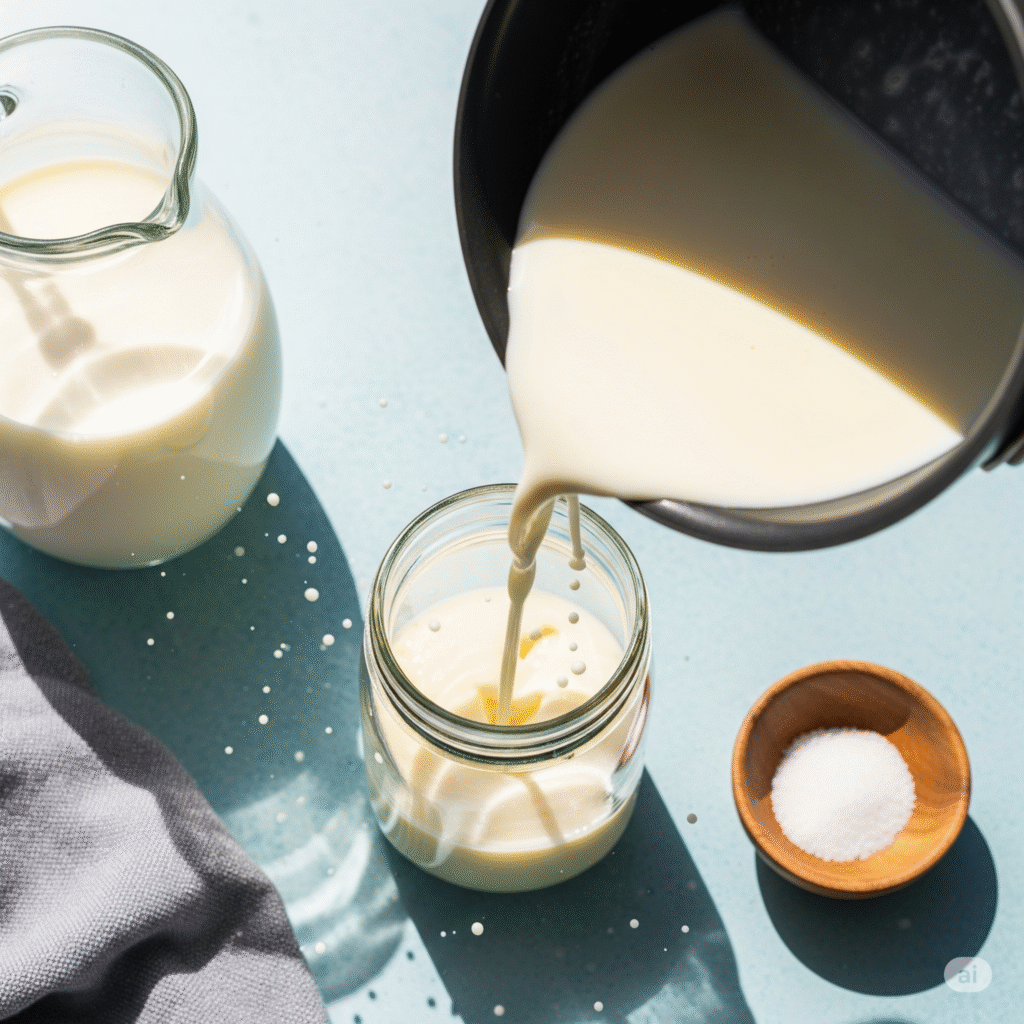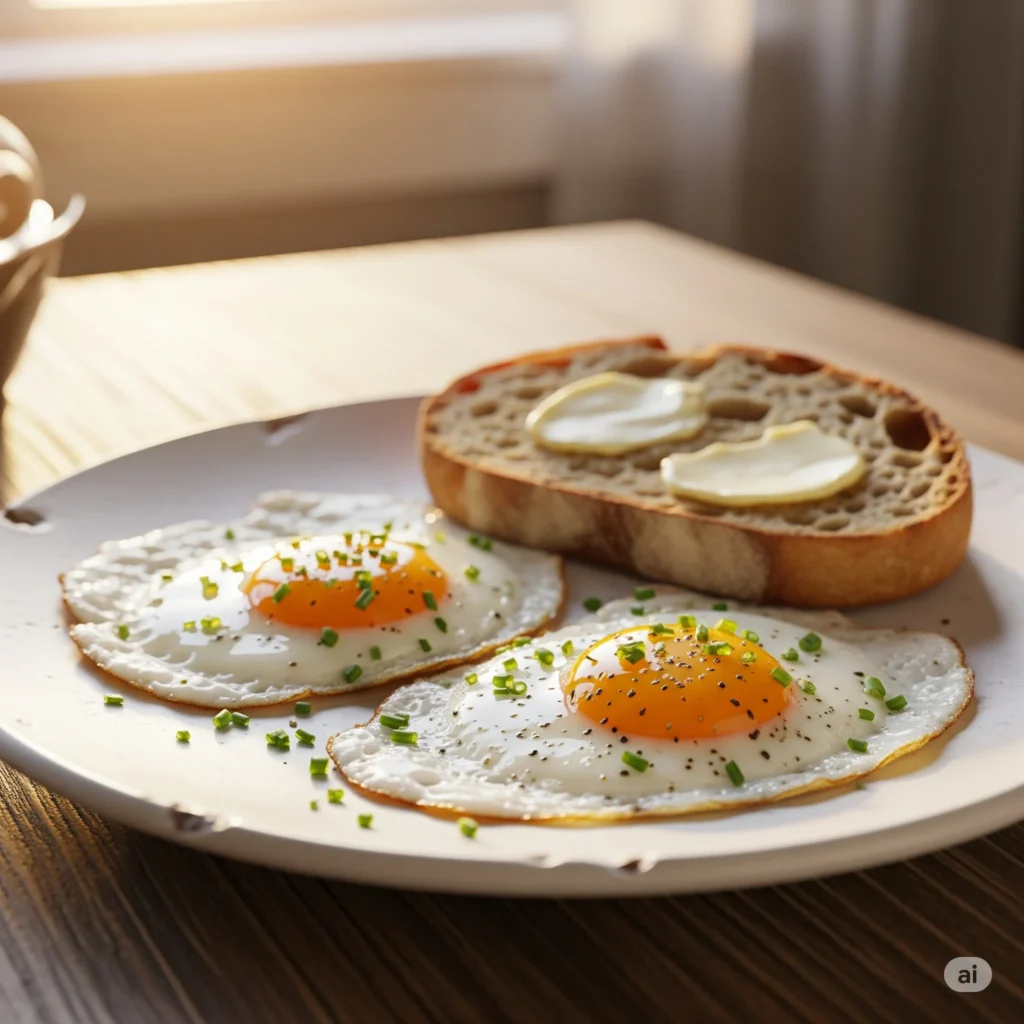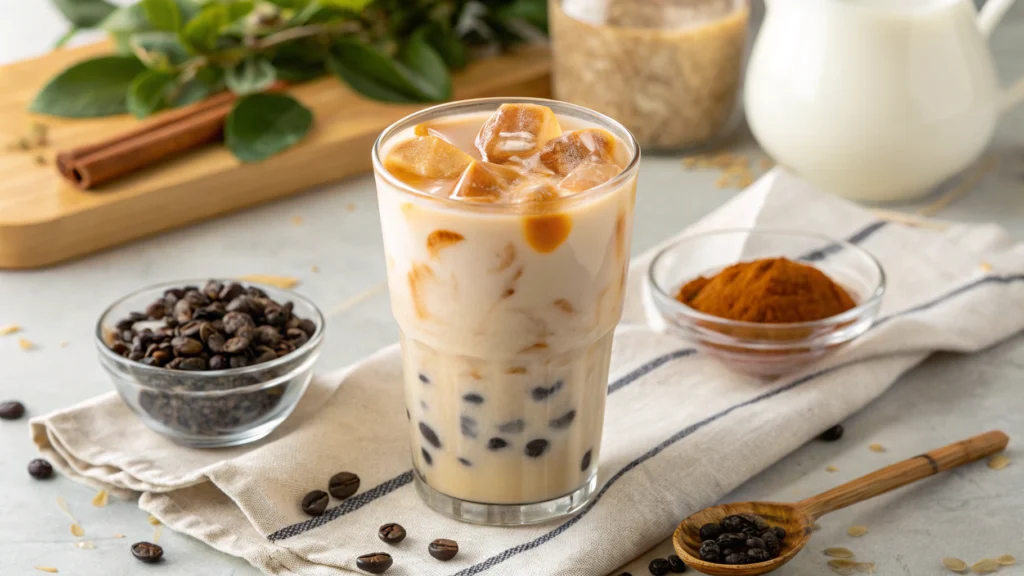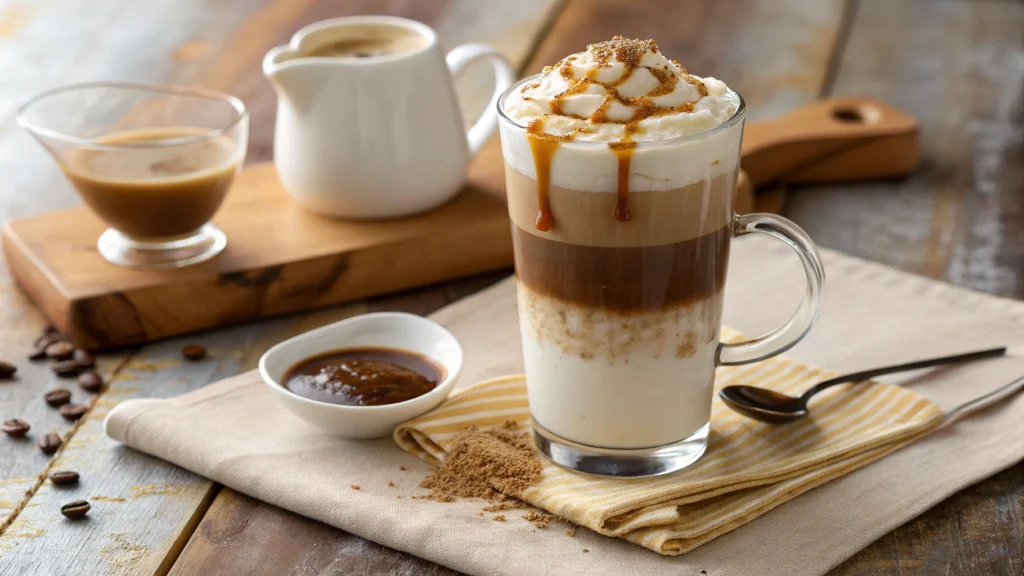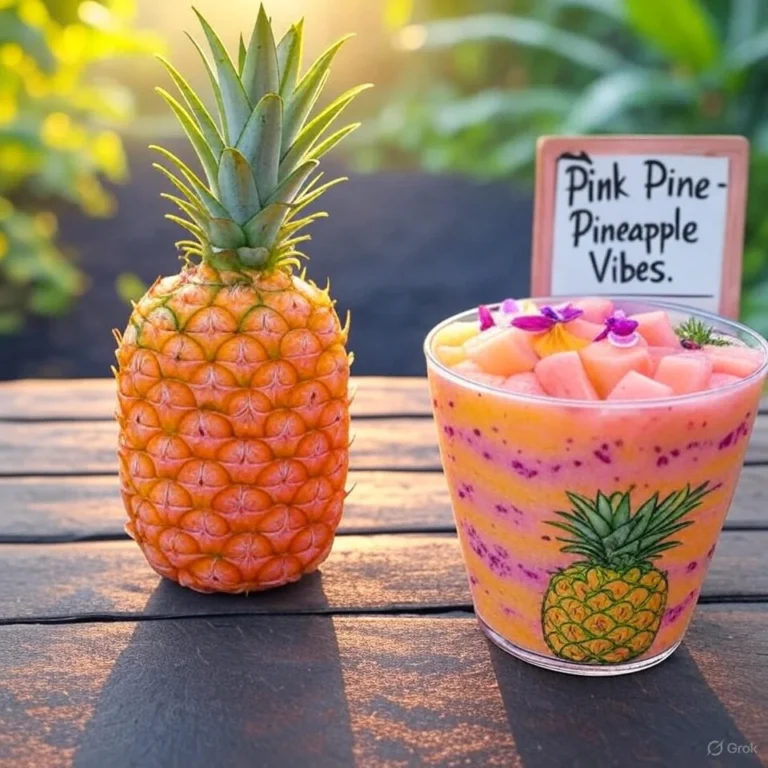
Hey, Have You Heard About Pink Pineapples?
Okay, picture this: a pineapple, but it’s pink. Like, Barbie-dream-house pink! This isn’t your average tropical fruit—it’s the Pinkglow® pineapple, and it’s totally stealing the show. It’s been all over Instagram, and honestly, it’s kinda like the rockstar of fruit right now. The folks at Del Monte spent 16 years messing with science to make this pink pineapple happen, and it’s got everyone curious. Let’s dive into the juicy details and figure out what’s up with this rosy fruit.
What does pink pineapple taste like?
So, what’s the vibe when you bite into a pink pineapple? It’s sweet—like, candy-sweet, almost like munching on a pink Starburst or a strawberry-pineapple mashup. It’s less tangy than regular pineapples, so it doesn’t leave your tongue feeling like it just did a workout. The texture? Super juicy and smooth, almost like velvet. You could toss it in a smoothie, mix it into a fruit salad, or just eat it straight-up. Trust me, it’s a total game-changer for snack time.
Why are pink pineapples so expensive?
Alright, here’s the deal: pink pineapples aren’t cheap. Why? Well, they’re grown in one specific spot in Costa Rica, and they take forever—like, up to two years—to grow. Plus, they’re hand-picked, which sounds fancy but makes things pricey. Del Monte’s got a patent on this pink pineapple, so no one else can grow it, which keeps it exclusive and, yeah, expensive. It’s like the designer handbag of fruit—cool, but it’ll cost ya.
How Much Does a Pink Pineapple Cost?
Pink pineapple price
Speaking of cost, let’s talk numbers. You might snag a pink pineapple at Costco or a fancy grocery store for about $10 to $12. Online, places like Melissa’s or Tropical Fruit Box sell them for $29 to $119, depending on how bougie the packaging is. Back when they first hit the scene in 2020, they were closer to $50! Compared to a regular pineapple that’s, like, $4, this one’s a splurge. But for a special treat? Totally worth it.
What is the pink pineapple for $400?
Yup, you heard that right—$400 for a pink pineapple! But hold up, it’s not just one fruit. This is like a luxe gift box from places like Melissa’s, packed with a few pink pineapples and maybe some fancy extras, like a certificate to prove it’s the real deal. It’s for rich folks, influencers, or maybe someone throwing a super swanky party. It’s less about eating and more about showing off. I mean, who wouldn’t want to flex with a $400 fruit box, right?
Is pink pineapple FDA approved?
No worries here—the pink pineapple is totally legit. The FDA gave it the green light back in 2016 after checking it out and saying, “Yup, it’s safe to eat.” They made sure all the science-y stuff Del Monte did to make it pink didn’t mess with its safety. So, you can munch on this pink pineapple without stressing about it being some weird experiment gone wrong. It’s all good in the hood!
Pink pineapple where to buy
Finding a pink pineapple can feel like a treasure hunt. You can order them online from places like Melissa’s or Tropical Fruit Box, but they’re not cheap with shipping. Sometimes, stores like Costco, Albertson’s, or Hy-Vee have them for around $10, but it’s hit or miss. If you’re in Australia, there’s a site called freshtropicalfruits.com.au that’s got you covered. Oh, but heads-up: you can’t get them in Hawaii because of local farming rules. Gotta love those restrictions, right?
Why is pink pineapple illegal
Okay, it’s not like pink pineapples are banned for being dangerous or anything dramatic. The deal is, Del Monte owns the rights to grow them, so no one else can just start planting pink pineapple crops. That’s why you won’t see backyard farmers selling them. Also, places like Hawaii ban importing any pineapples to protect their own crops. So, it’s less “illegal” and more “super exclusive.” Gotta keep that pink pineapple magic under lock and key!
Pink pineapple GMO
Yeah, the pink pineapple is a GMO, but don’t freak out—it’s cool. Del Monte’s scientists played around with the fruit’s DNA to pump up the lycopene (that’s the stuff that makes tomatoes red) and tone down the yellow vibes. They even tossed in some tangerine and tobacco DNA to make it sweeter and less tart. It took years to perfect, but the result is this gorgeous pink-pineapple that’s safe to eat and totally Instagram-worthy. Science for the win!
Pink pineapple plant
Here’s the tea: pink-pineapple plants are a whole vibe. They grow in Costa Rica’s volcanic soil, taking up to two years to make one fruit. Del Monte cuts off the crown (that leafy top) to replant and keep things sustainable, which is why you get a crownless fruit when you buy one. Growing them is a ton of work, and only Del Monte can do it because of their patent. So, don’t try planting a pink -pineapple at home—it’s not gonna happen, sadly.
Pink pineapple benefits
Pink-pineapples aren’t just pretty; they’re good for you too. They’re packed with lycopene, an antioxidant that’s great for your heart and might even help fight off some health issues. Plus, they’ve got vitamin C, fiber, and manganese, so you’re getting a solid nutrition boost. And let’s be real—they look amazing in a fruit bowl or a fancy cocktail. They’re less likely to make your mouth feel tingly too, which is a win for sensitive taste buds.
Pink pineapple how is it made
Making a pink-pineapple is like a science project that took 16 years. Del Monte started tinkering in 2005, messing with the fruit’s genes to make it pinker and sweeter. They used fancy tricks like RNA interference and some bacterial DNA to get it just right. Costa Rica gave the okay to grow it in 2011, and the U.S. let it be imported in 2013. It’s a long process, but the result is this pink-pineapple that’s basically a work of art you can eat.
Pink Pineapple boutique
Pink-pineapples are total VIPs in the food world. Fancy retailers like Melissa’s sell them in cute gift boxes, sometimes with a certificate to prove they’re legit. Chefs and influencers are obsessed, posting pics of pin- pineapple slices in smoothies or on charcuterie boards. It’s a whole social media moment—think #PinkPineappleGoals. The limited supply and cool factor make it a must-have for anyone wanting to impress at a dinner party or just flex on the ‘Gram.
Wrapping It Up: Pink Pineapples Are Here to Stay
So, what’s next for the pink-pineapple? It’s already shaking things up, and as more people get curious, it might become less of a unicorn. Prices could drop a bit if production ramps up, but that exclusivity is part of its charm. It’s like the perfect mix of science, style, and tropical yumminess. Whether you’re slicing it up for a party or just want to try something new, the pink-pineapple is a vibe worth checking out. Who’s ready to go pink?
you may like it
